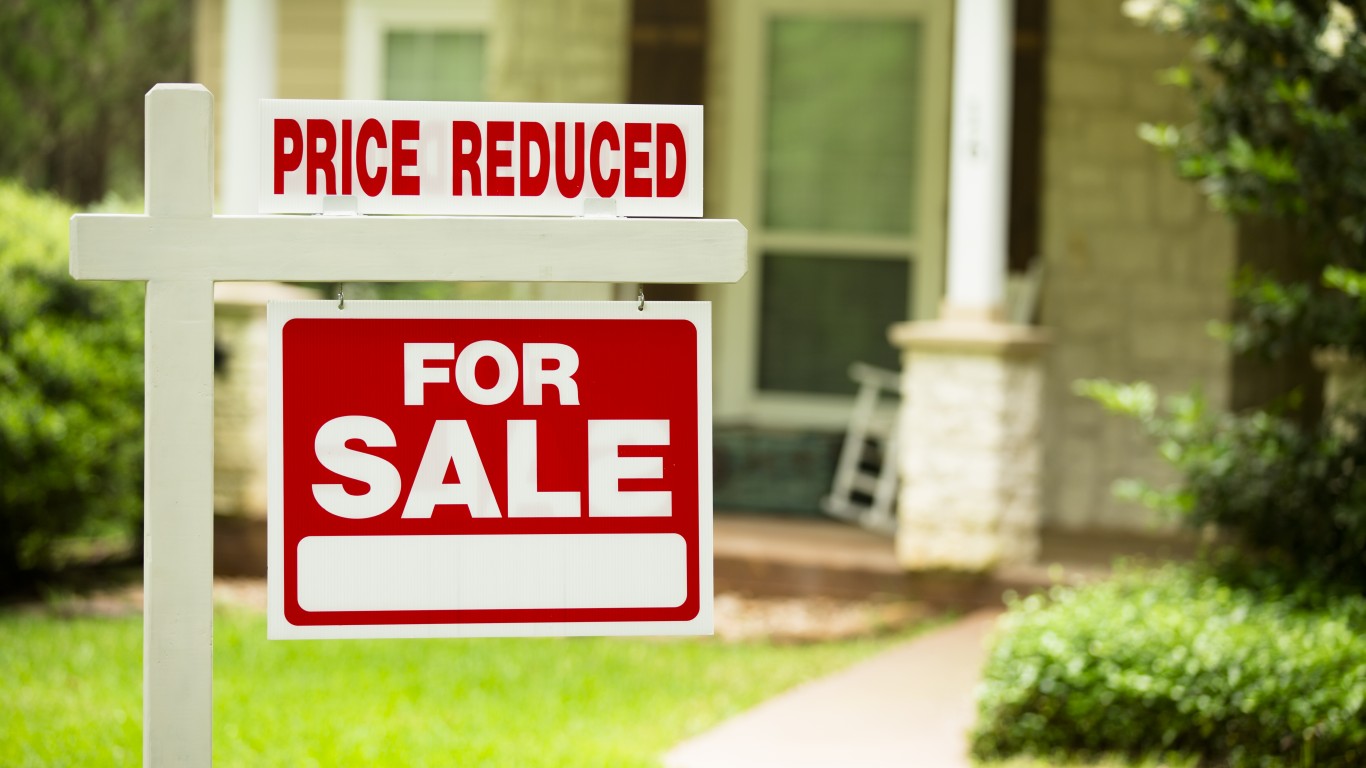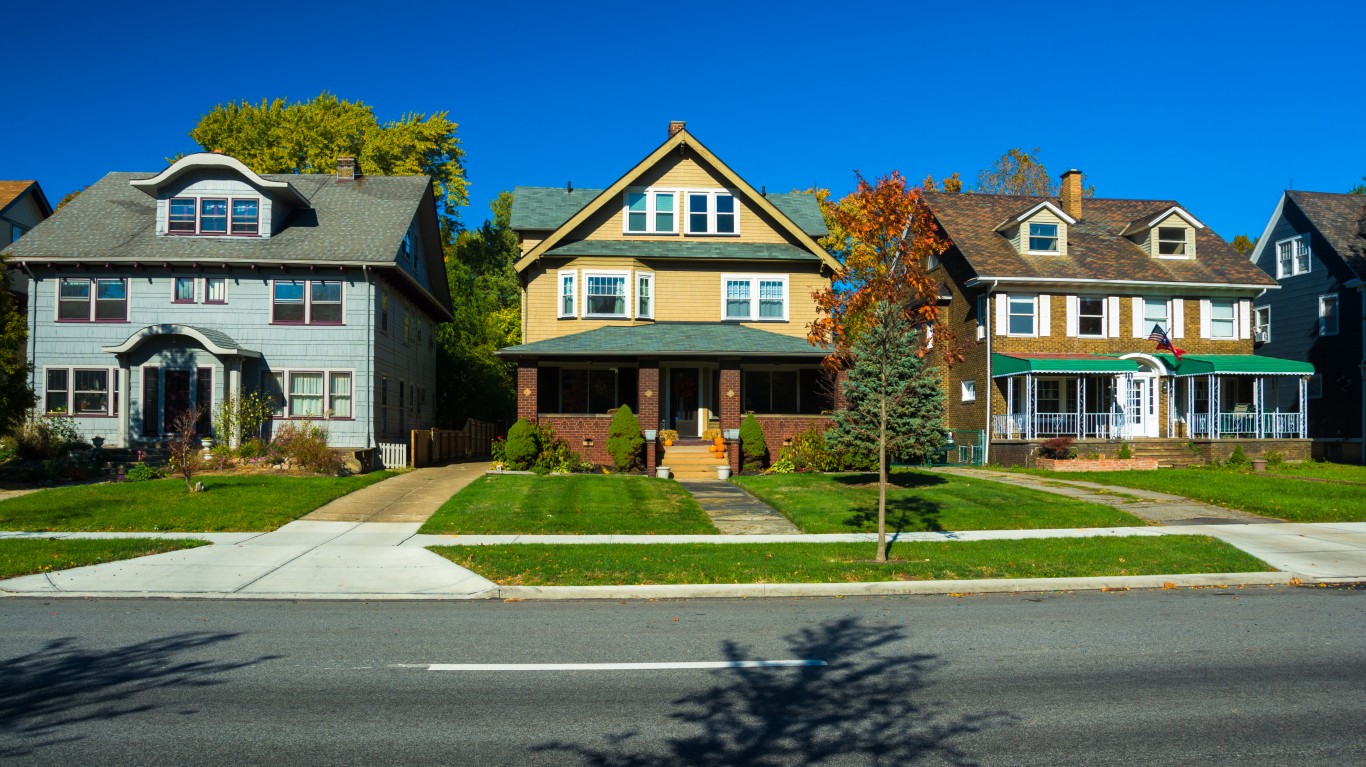
U.S. home prices rose 6.7% in February compared with the same month a year ago, according to data from research firm CoreLogic released Tuesday in its Home Price Insights monthly report. CoreLogic had previously forecast a rise of 4.8% year over year. The data include sales of distressed properties.
Since the housing market bottomed out in March 2011, the CoreLogic index has risen by 52.2%. As of February, home prices are now 1.8% higher than they were at the April 2006 pre-crash peak.
Month over month, February prices rose 1%, including distressed home sales. CoreLogic expects housing prices to rise by 4.7% year-over-year by February 2019 and to remain flat month-over-month in March 2018.
CEO Frank Martell noted:
Family income is rising more slowly than home prices and mortgage rates, meaning that the mortgage payment takes a bigger bite out of income for new homebuyers. CoreLogic’s Market Conditions Indicator has identified nearly one-half of the 50 largest metropolitan areas as overvalued. Often buyers are lulled into thinking these high-priced markets will continue, but we find that overvalued markets will tend to have a slowdown in price growth.
Chief Economist Frank Nothaft added:
A number of western states have had hot housing markets. Idaho, Nevada, Utah and Washington all had home prices up more than 11 percent over the last year. With the recent rise in mortgage rates, affordability has fallen sharply in these states. We expect home-price growth to slow over the next 12 months, dropping to 5 to 6 percent in Idaho, Utah and Washington, and slowing to 9.6 percent in Nevada.
Including distressed sales, home prices rose the most year over year in Washington (12.5%), Nevada (12.2%), Utah (11.1%) and Idaho (10.2%).
According to CoreLogic’s analysis of housing values in the country’s 100 largest metropolitan areas based on housing stock, 34% of metropolitan areas have an overvalued housing market as of February 2018. The analysis categorizes home prices in individual markets as undervalued, at value or overvalued, by comparing home prices to their long-run, sustainable levels, which are supported by local market fundamentals (such as disposable income).
Through February, 30% of the top 100 metropolitan areas were undervalued and 36% were at value. When looking at only the top 50 markets based on housing stock, 48% were overvalued, 18% were undervalued and 34% were at value. CoreLogic defines an overvalued housing market as one in which home prices are at least 10% higher than the long-term, sustainable level, while an undervalued housing market is one in which home prices are at least 10% below the sustainable level.
See the CoreLogic February report for more detail.
100 Million Americans Are Missing This Crucial Retirement Tool
The thought of burdening your family with a financial disaster is most Americans’ nightmare. However, recent studies show that over 100 million Americans still don’t have proper life insurance in the event they pass away.
Life insurance can bring peace of mind – ensuring your loved ones are safeguarded against unforeseen expenses and debts. With premiums often lower than expected and a variety of plans tailored to different life stages and health conditions, securing a policy is more accessible than ever.
A quick, no-obligation quote can provide valuable insight into what’s available and what might best suit your family’s needs. Life insurance is a simple step you can take today to help secure peace of mind for your loved ones tomorrow.
Click here to learn how to get a quote in just a few minutes.
Thank you for reading! Have some feedback for us?
Contact the 24/7 Wall St. editorial team.




